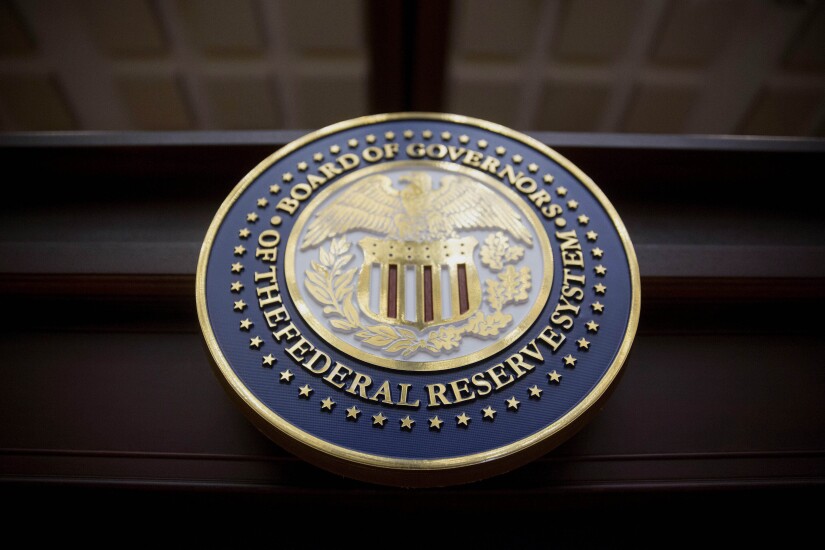WASHINGTON — The Trump administration has signaled that it is
Senate Banking Committee Chair Tim Scott, R-S.C., said last week that he is working to get
Sen. Bill Hagerty, R-Tenn., introduced a stablecoin bill last week cosponsored by Scott, while House Financial Services Committee Chair French Hill, R-Ark., began circulating a discussion draft of his own bill last week. But while the bills are substantially similar, they are not identical, meaning that there's room for the version that eventually emerges from both chambers to gain buy-in from Democratic lawmakers.
Despite the differences between the bills, the two Republican authors signaled that they view the negotiations between Republicans in both chambers as the more significant shaping force for the legislation, since Republicans hold majorities in both chambers and the White House.
"From enhancing transaction efficiency to driving demand for U.S. Treasuries, the potential benefits of strong stablecoin innovation are immense," Hagerty said in a statement sent out with the House bill. "We need legislation that establishes a safe and pro-growth regulatory framework that will unleash innovation and advance the president's mission to make America the world capital of crypto. I look forward to working with Chairman French Hill and the House Financial Services Committee."
As it looks likely that some version of one of these two bills will eventually become law, here's some of the biggest ways they could impact the banking industry.










